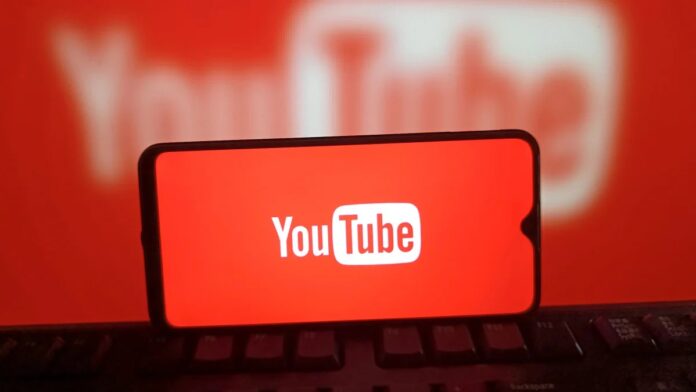YouTube is introducing a pilot program that will allow some previously banned creators to re-enter the platform, marking a significant shift in its content moderation policies. The move comes after scrutiny from the Republican-led House Judiciary Committee, which investigated YouTube’s practices regarding the removal of accounts promoting COVID-19 misinformation, particularly those associated with conservative voices.
The New Reinstatement Pilot Program
The program will apply to a select group of “qualified creators” who will see an option to apply for a new channel within their YouTube Studio accounts. This pilot aims to provide an alternative to the company’s previous policy of lifetime bans. However, there’s a catch: old subscriber lists and previous content will not be transferred to these new channels, and a minimum of one year must have passed since the original channel’s termination.
Criteria for Reinstatement
YouTube’s decision on which creators qualify will be based on whether they engaged in “particularly severe or persistent violations” of its Community Guidelines or Terms of Service, or if their online activity has harmed, or could harm, the YouTube community. Importantly, channels previously flagged for copyright infringement will not be eligible for the program.
Responding to Creator Feedback
Currently, creators can appeal bans for up to a year, though most appeals are ultimately denied. YouTube acknowledged that its strict enforcement of lifetime bans can be challenging for creators and stated that it has heard a desire from the creator community for more return options. If a creator is approved, they will need to apply separately for monetization.
YouTube’s Creator Economy: A Significant Financial Force
Over 3 million creators participate in YouTube’s monetized program, generating approximately $100 billion in revenue over the past four years. The platform has eased some monetization policies recently, including those regarding the use of profanity. Concurrently, YouTube has intensified efforts to combat the spread of AI-generated videos, many of which disseminate misleading information.
Concerns About Monetization and Misinformation
Research has revealed that channels known for spreading misinformation – covering topics like public health, climate change, and election integrity – are generating substantial revenue through advertising. A recent report by the Center for Countering Digital Hate found that prominent climate change denialists earn around $13 million annually. The rise of high-earning right-wing YouTube channels has also been linked to shifts in the political landscape and the radicalization of young male viewers. Many of those who were previously banned—and who might participate in YouTube’s reinstatement pilot—now hold key roles in the Trump administration, raising questions about the platform’s influence.
YouTube’s pilot program represents a complex attempt to balance creator freedom with the need to combat the spread of harmful content, acknowledging a shift in the political climate and creator expectations.





















































